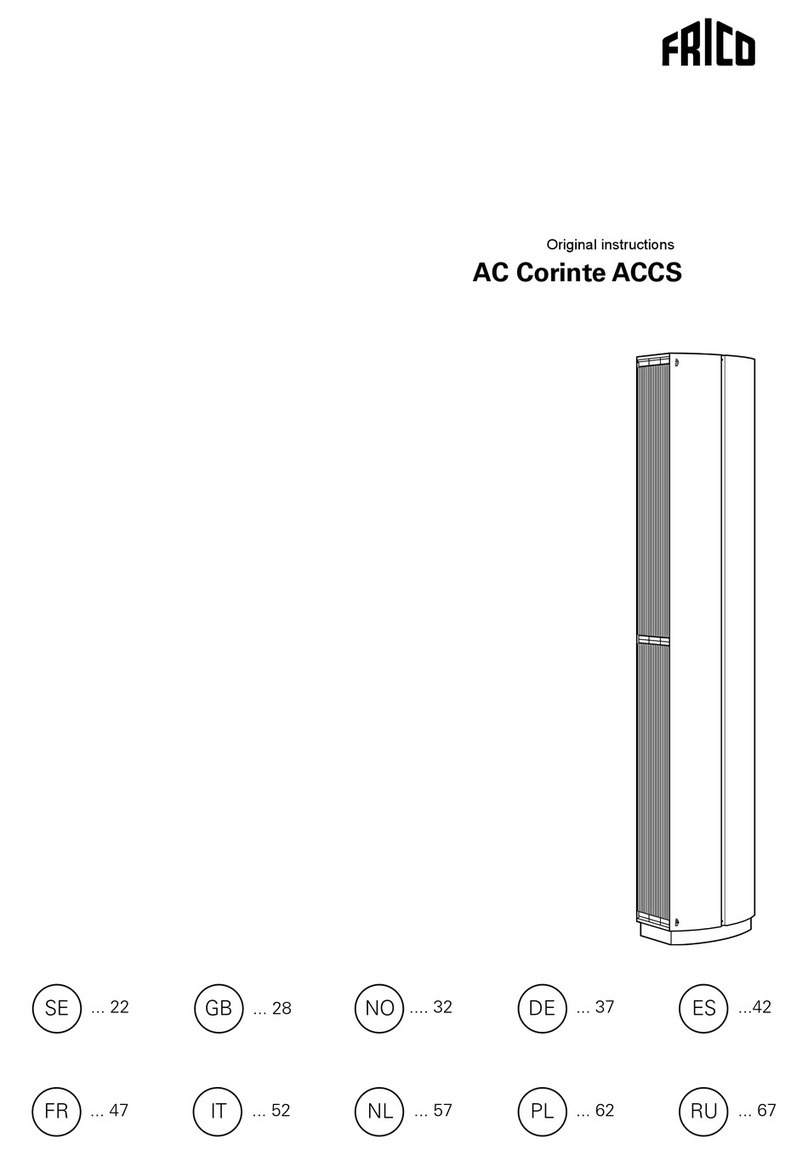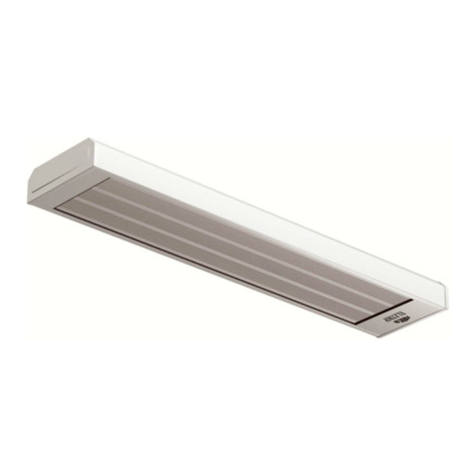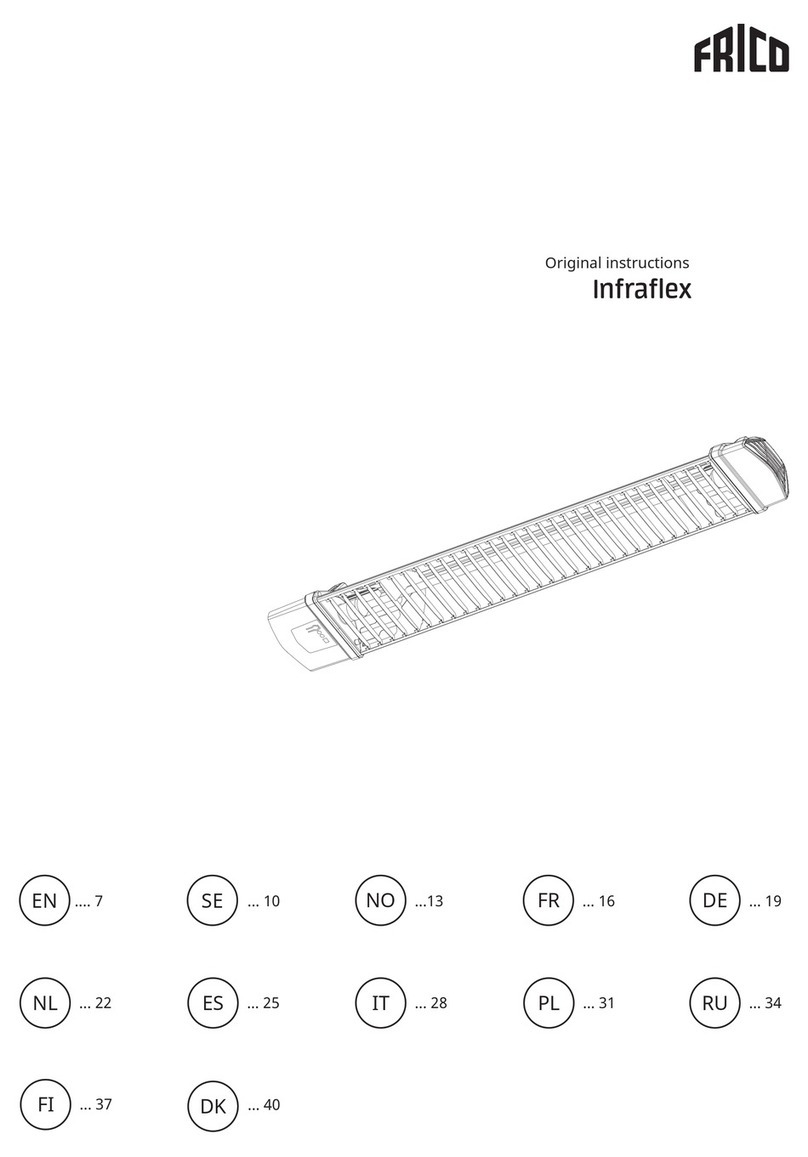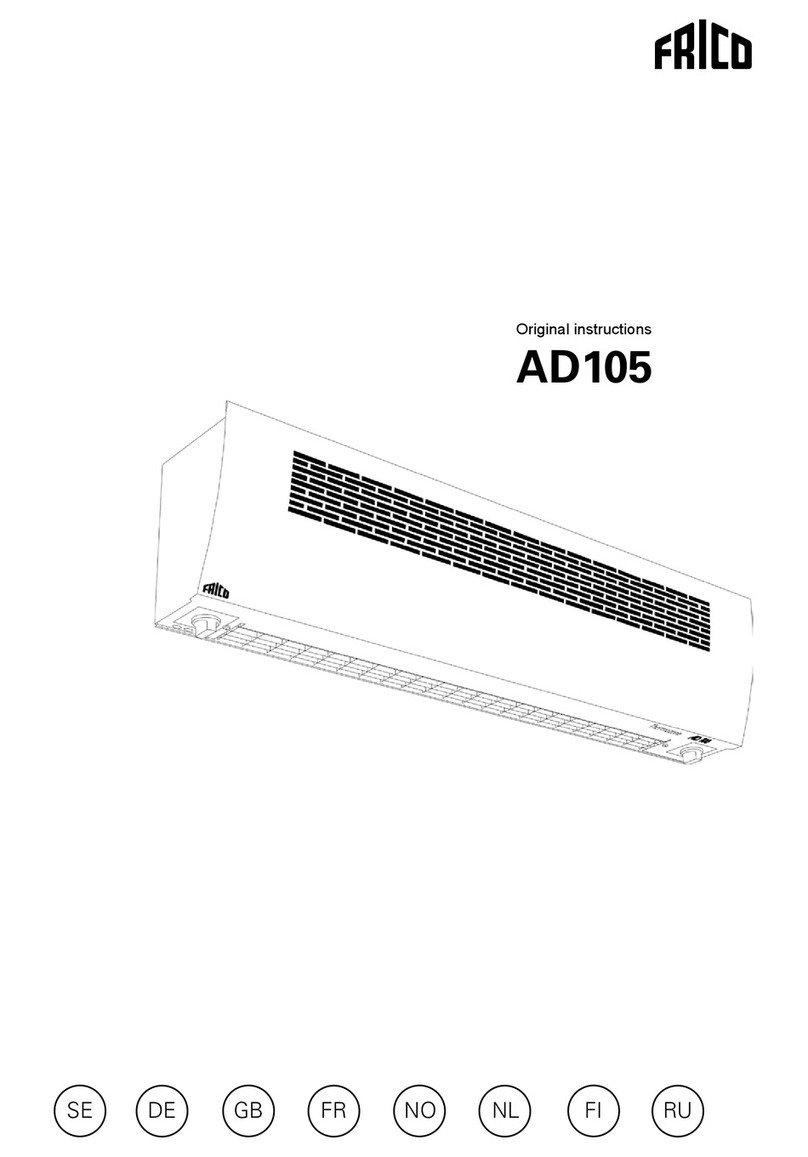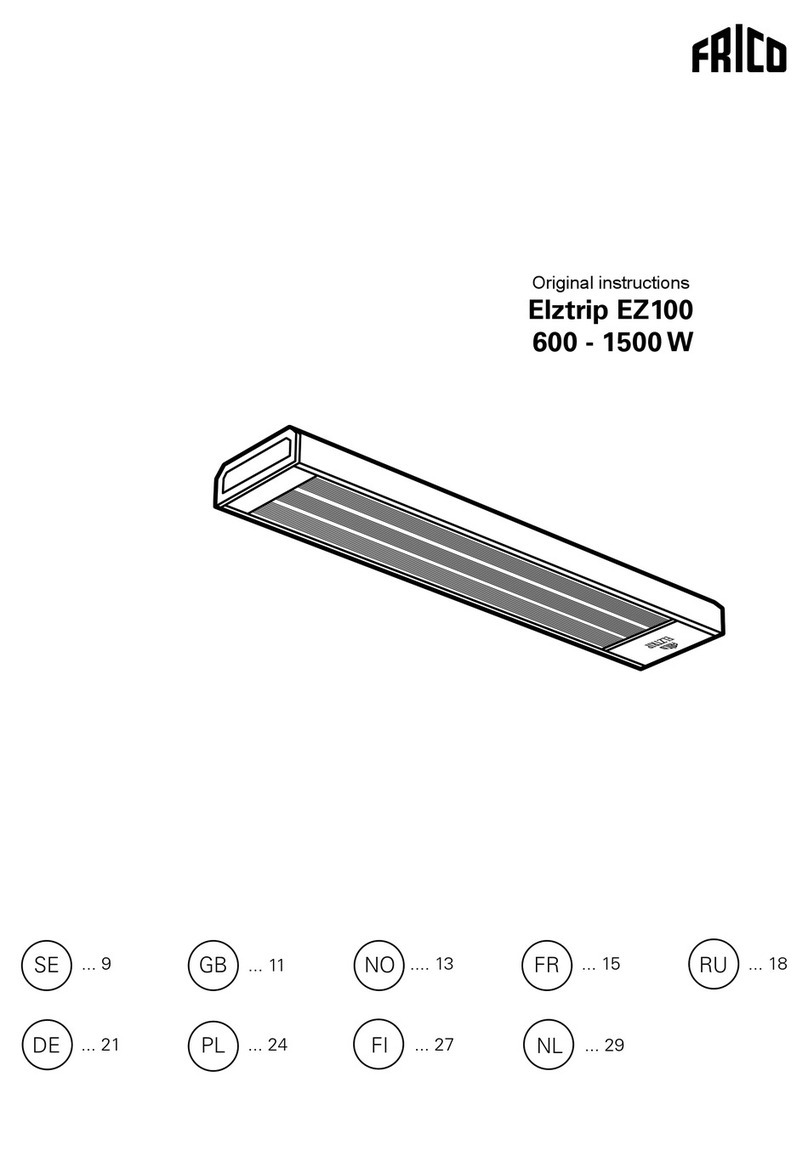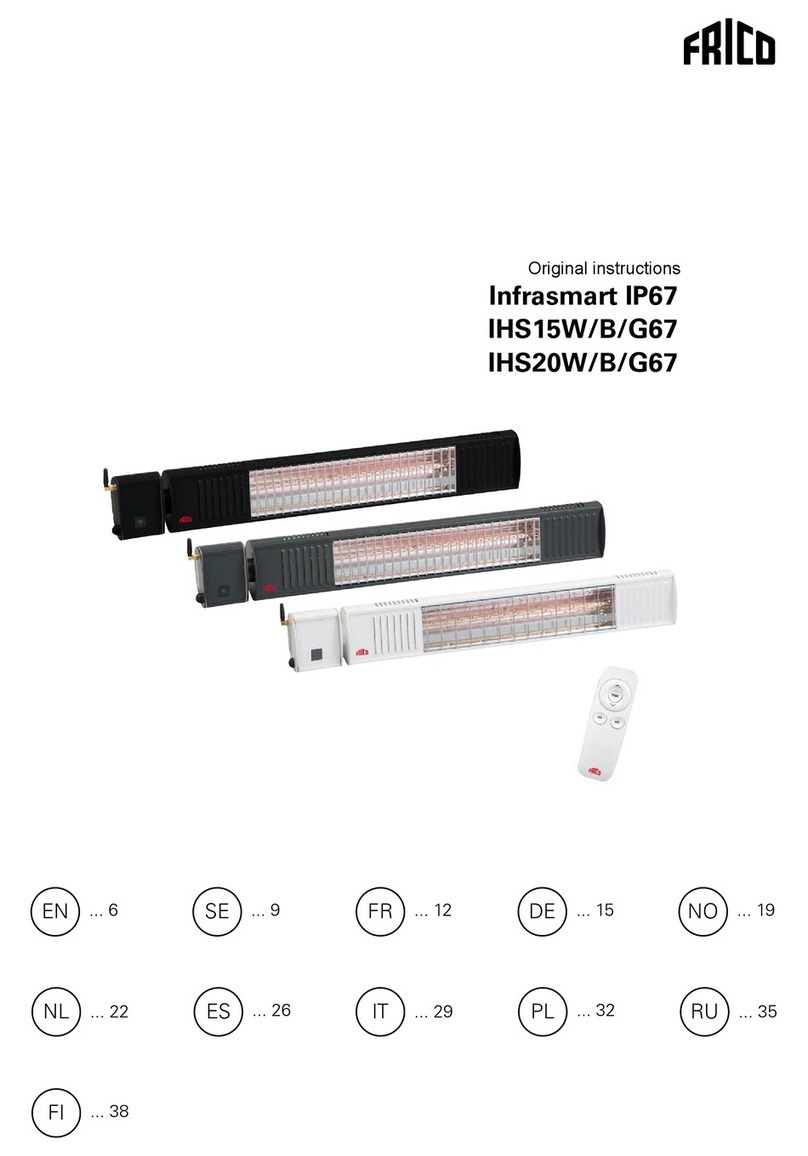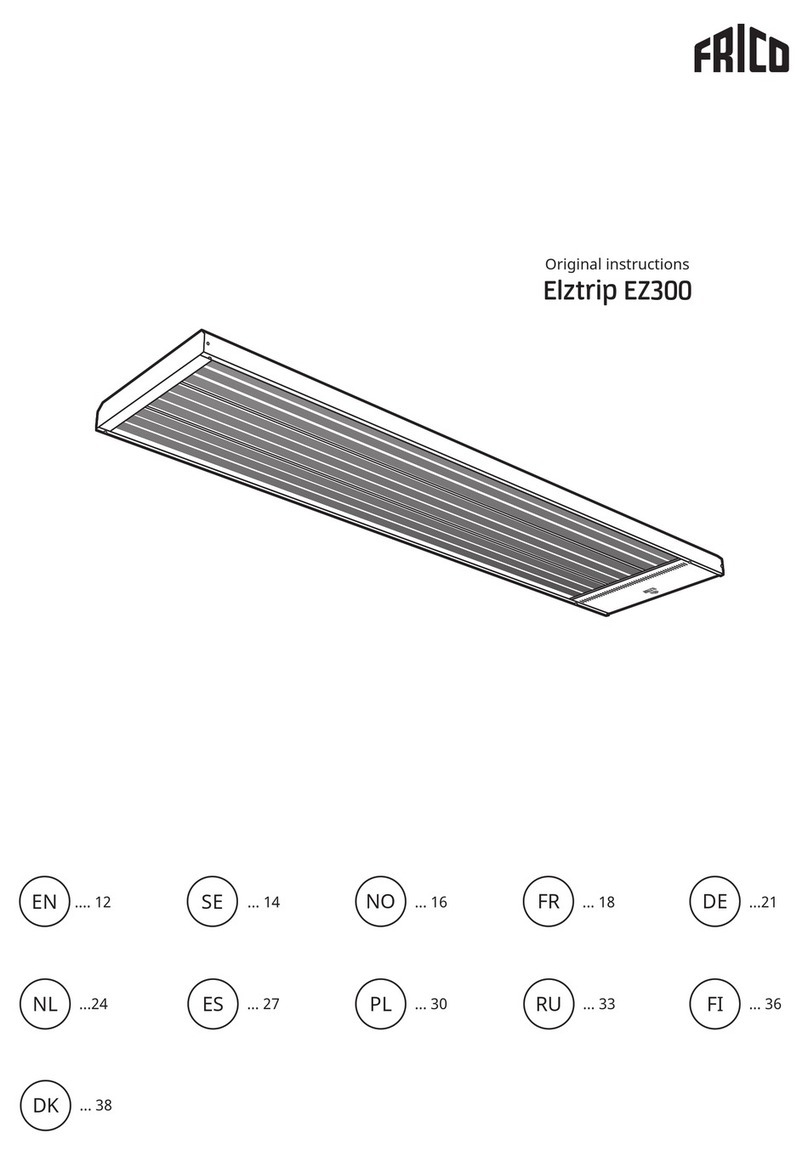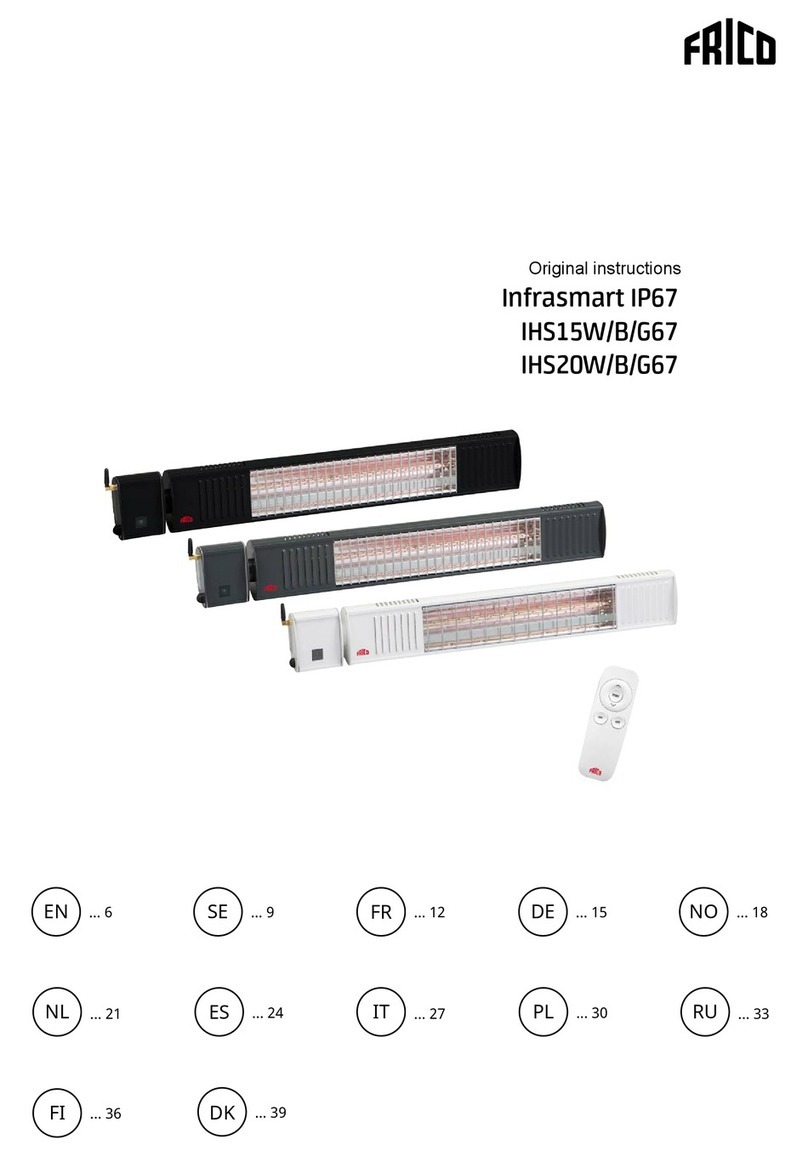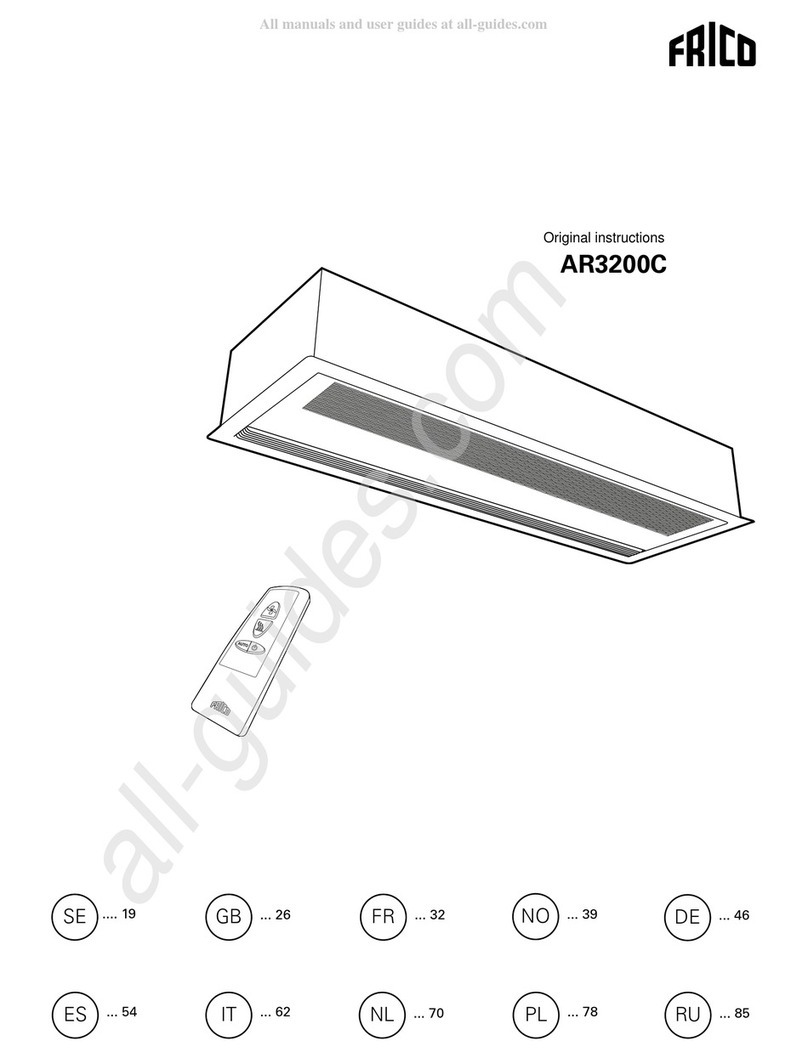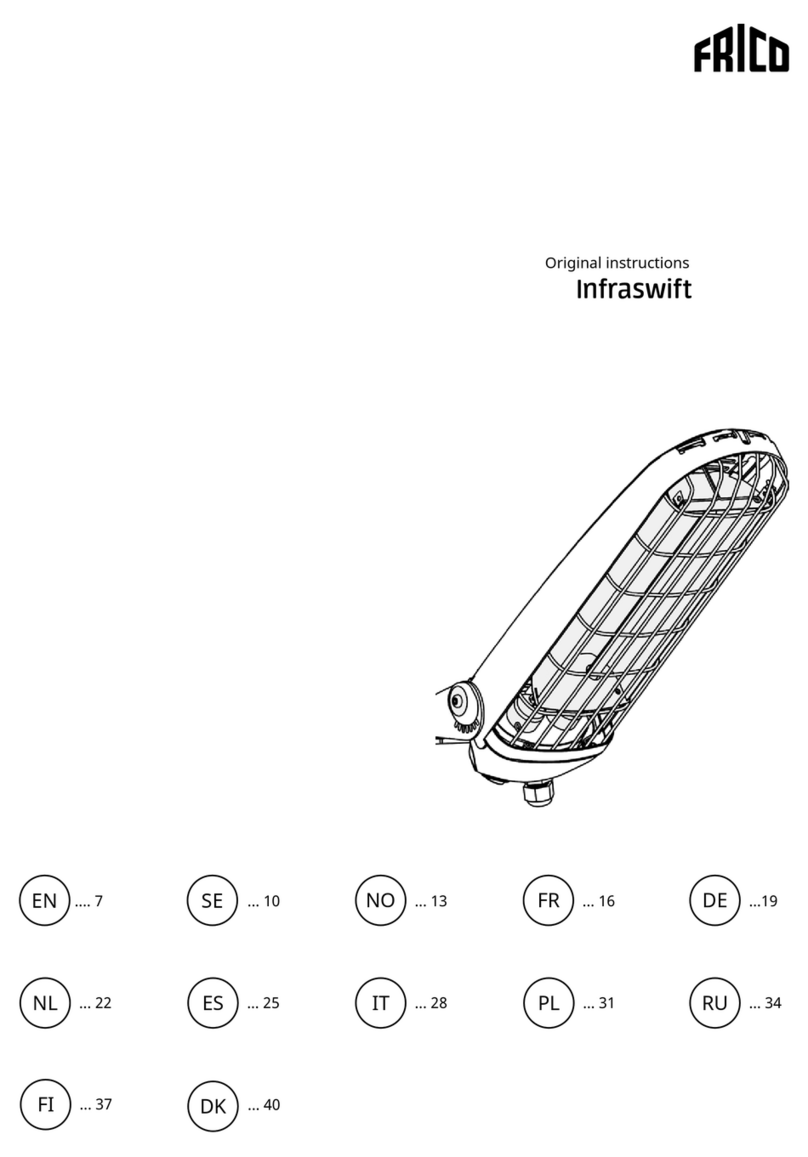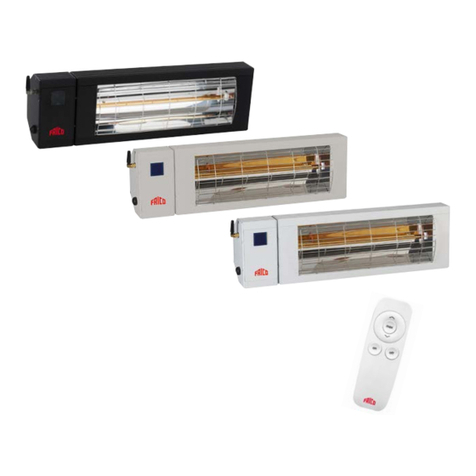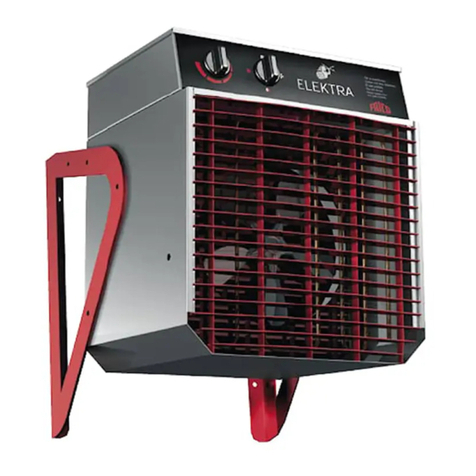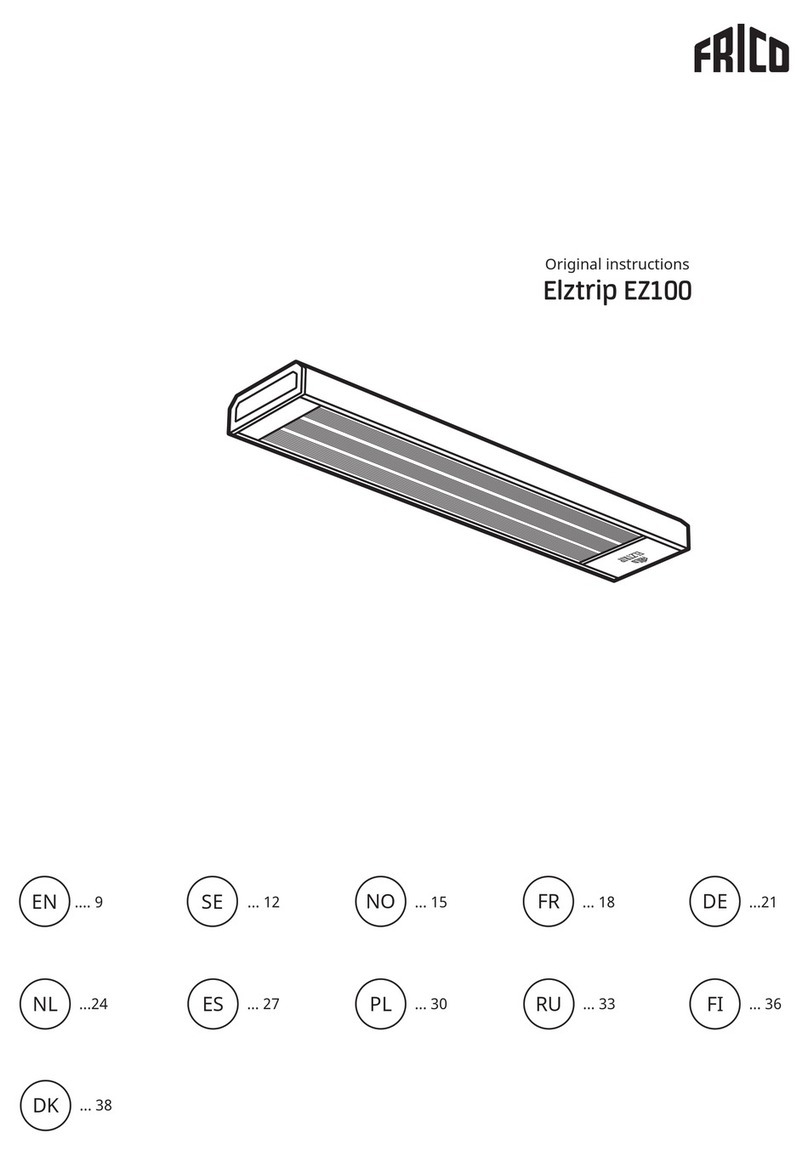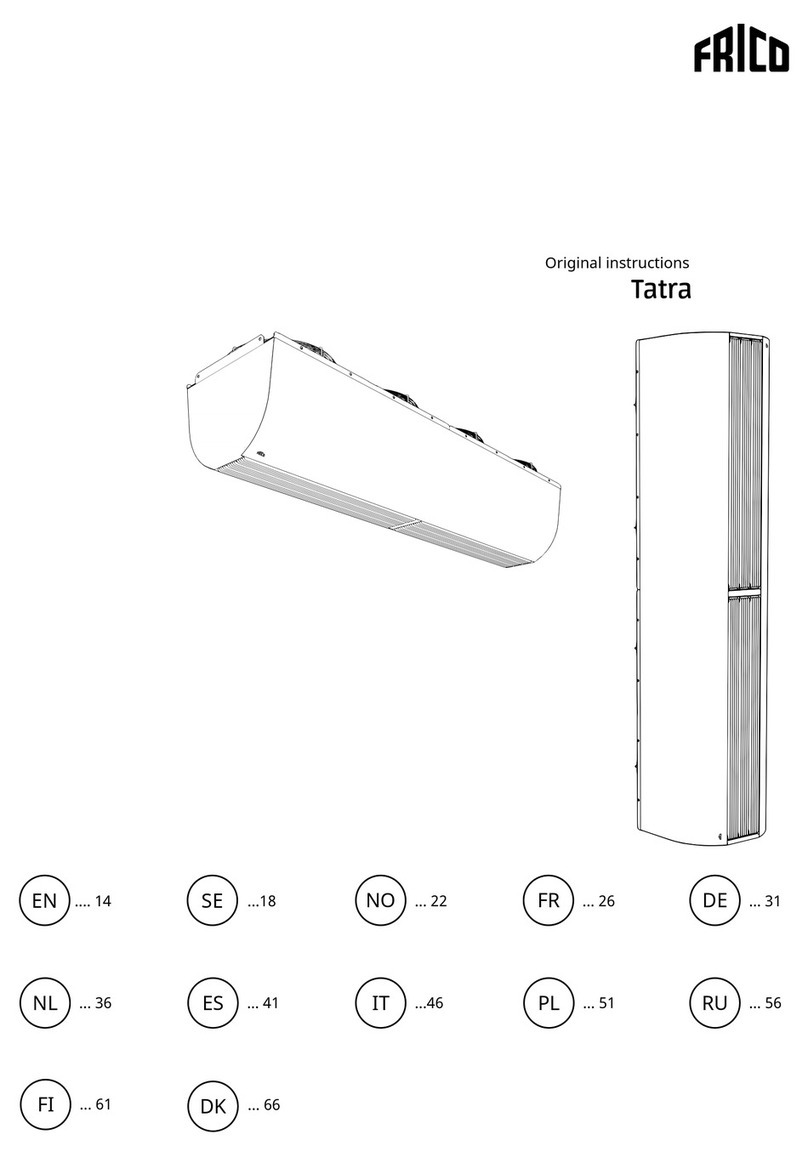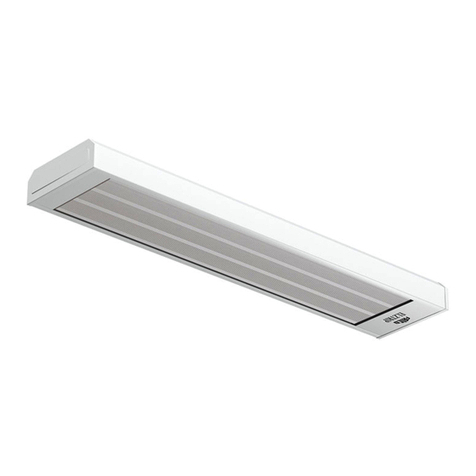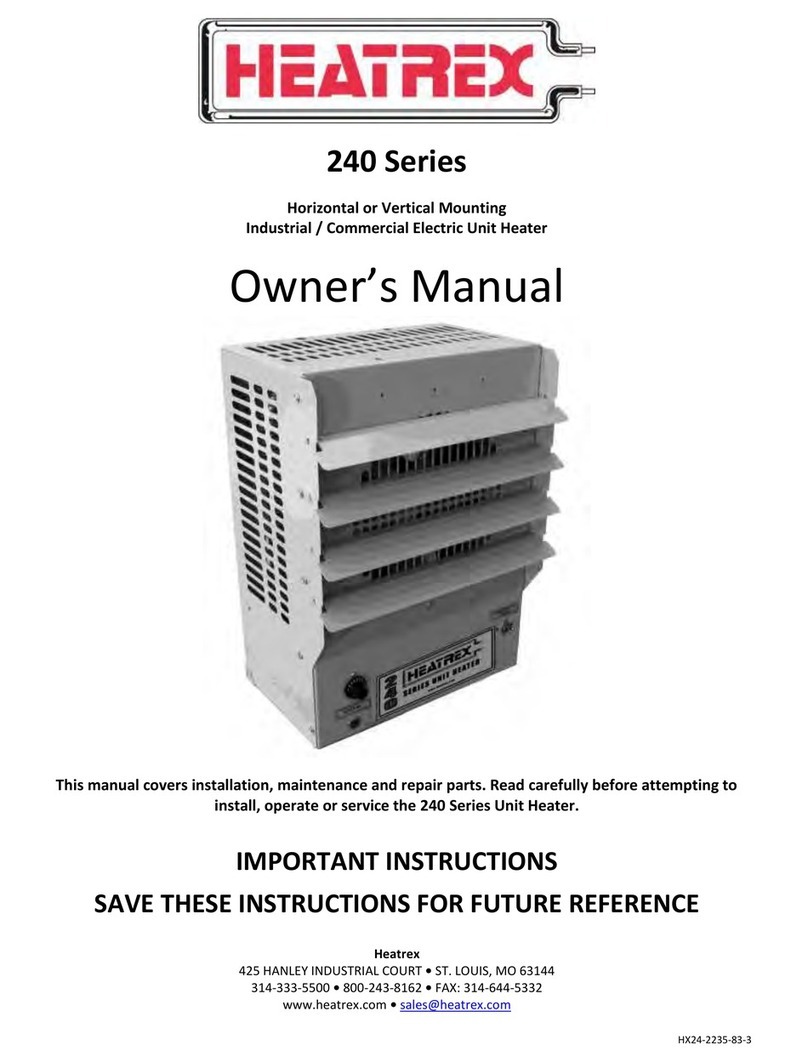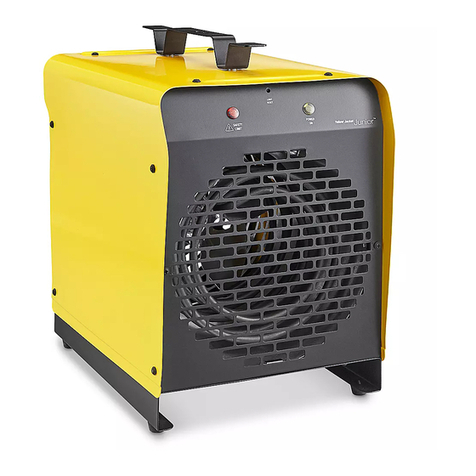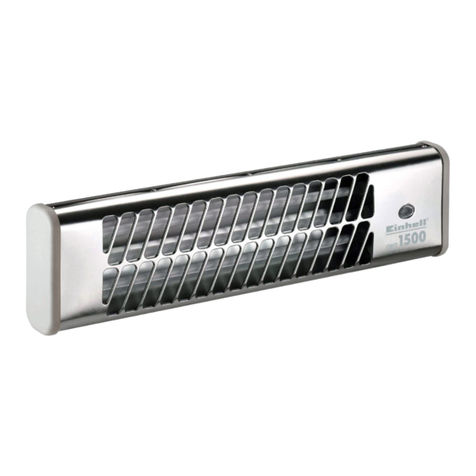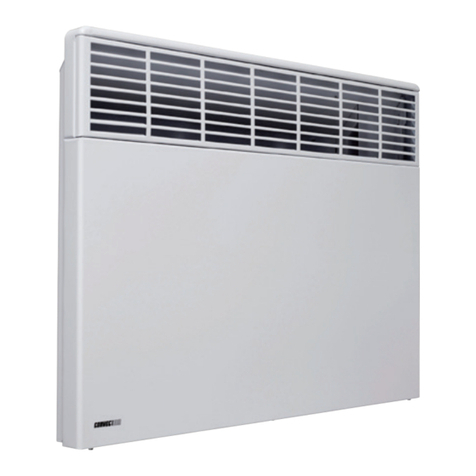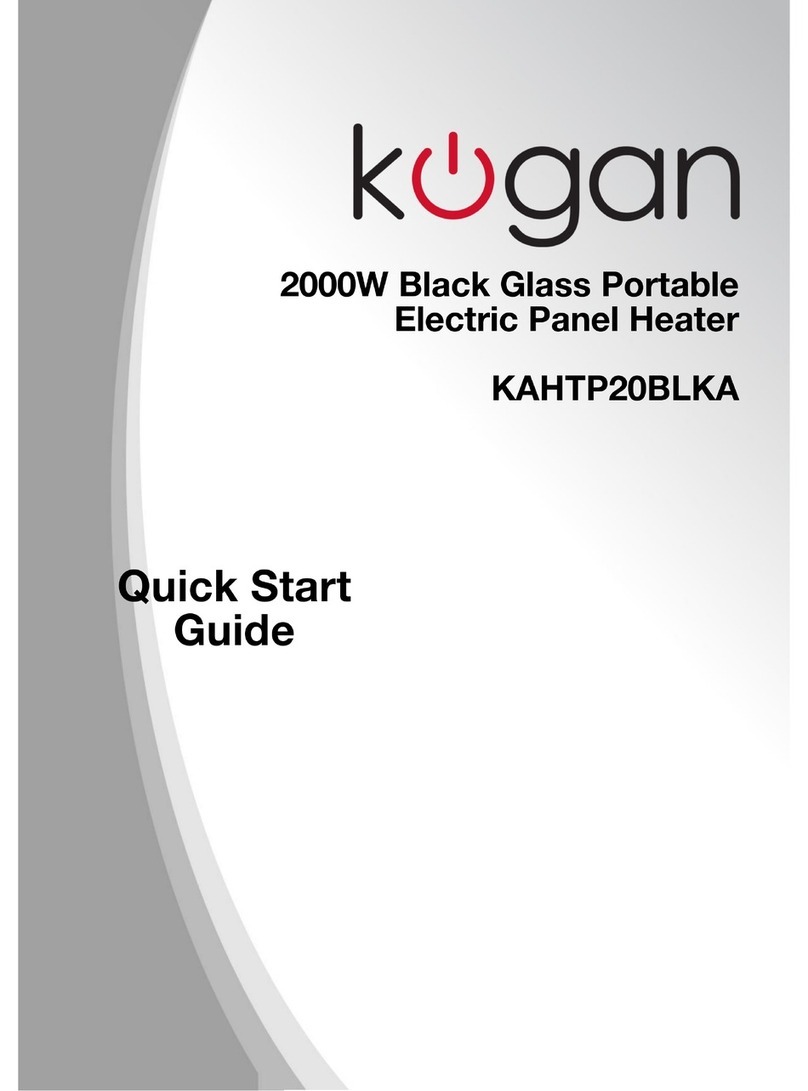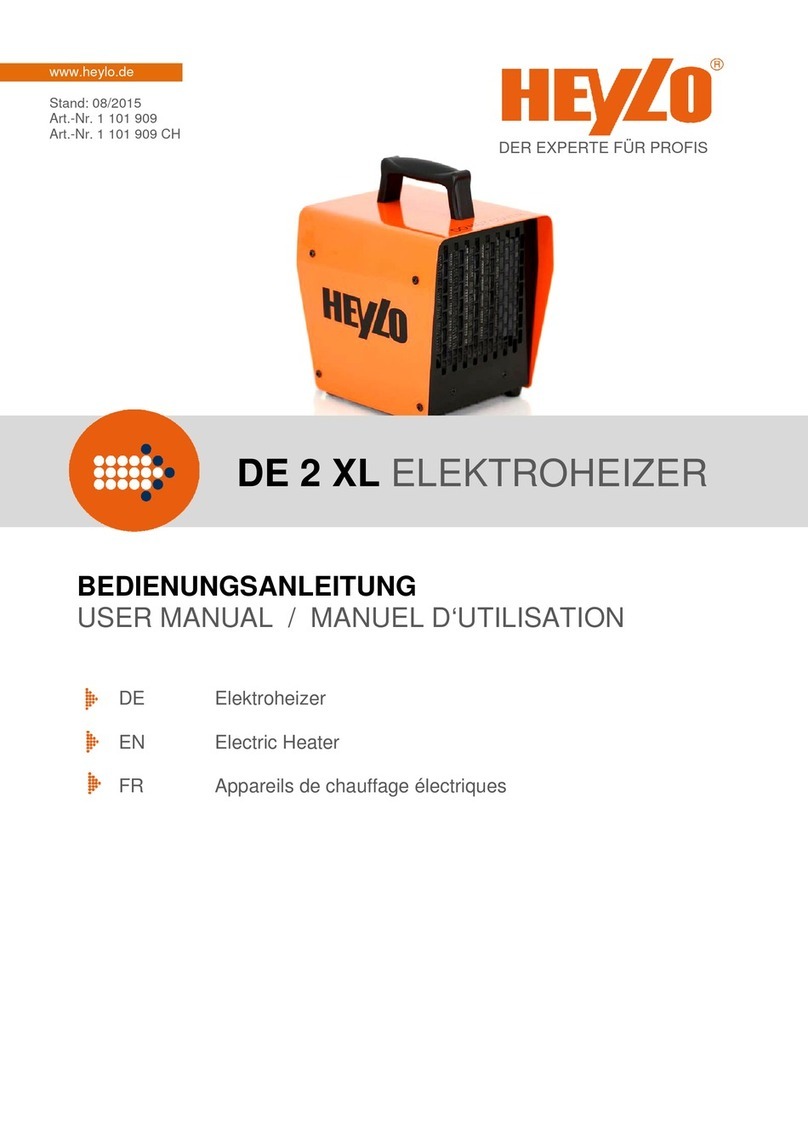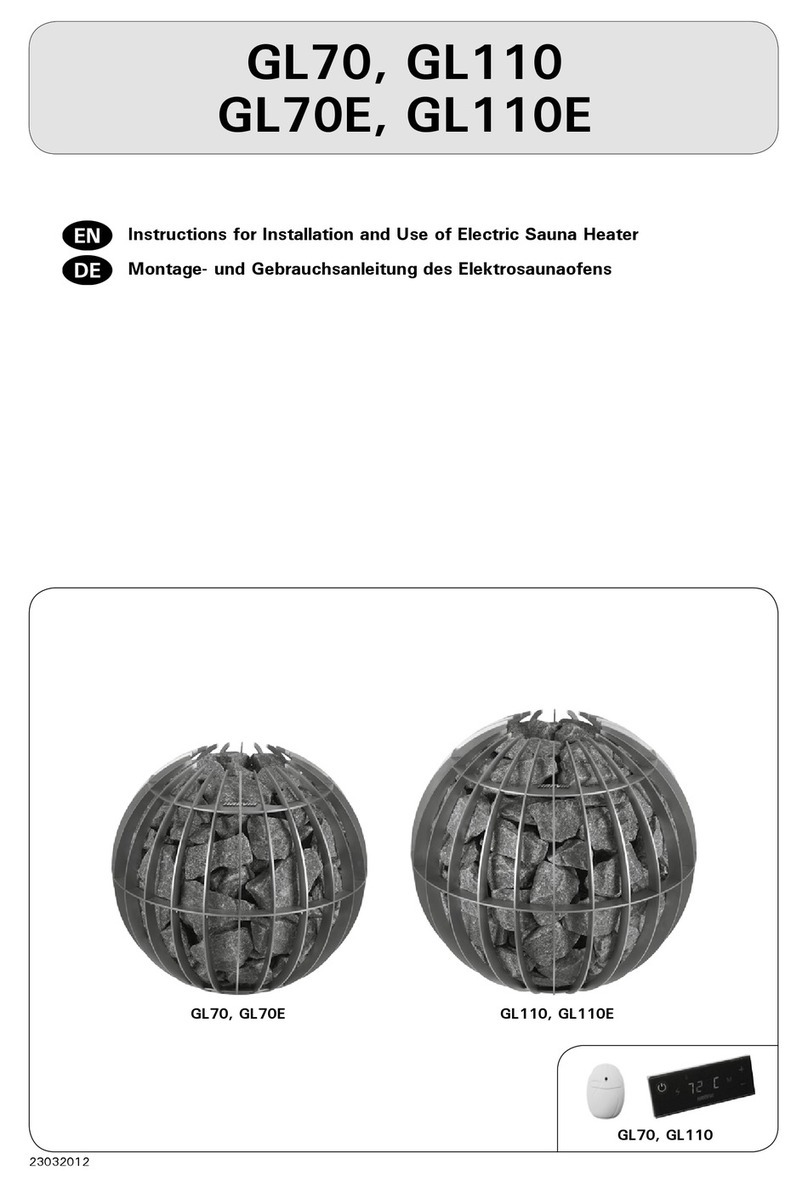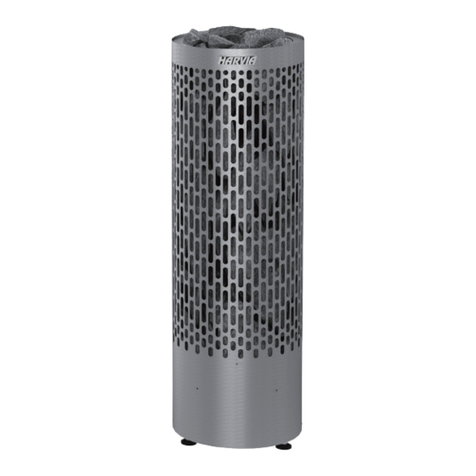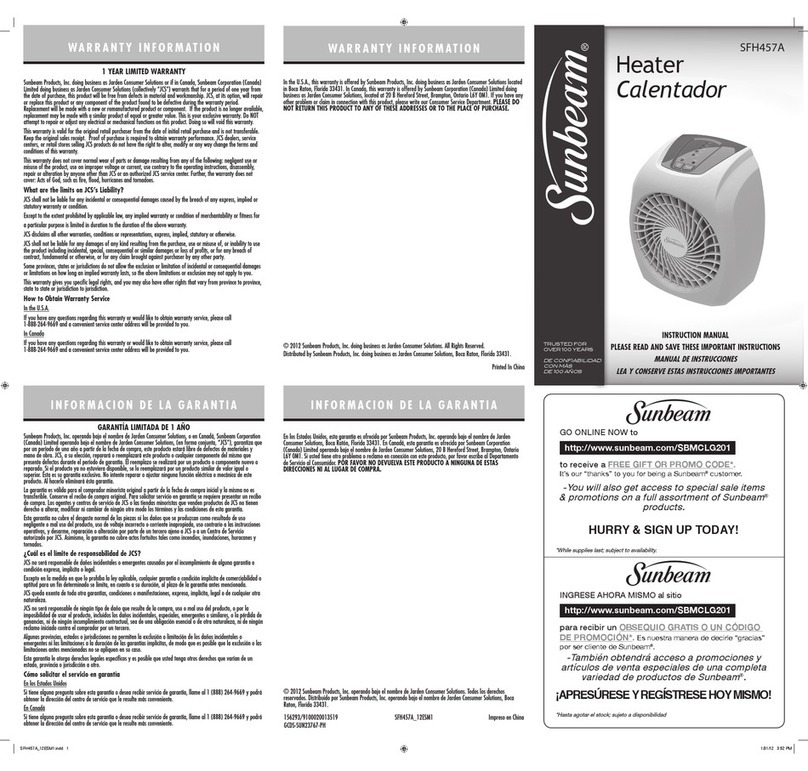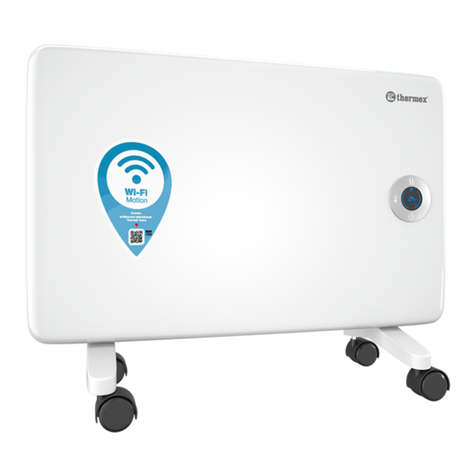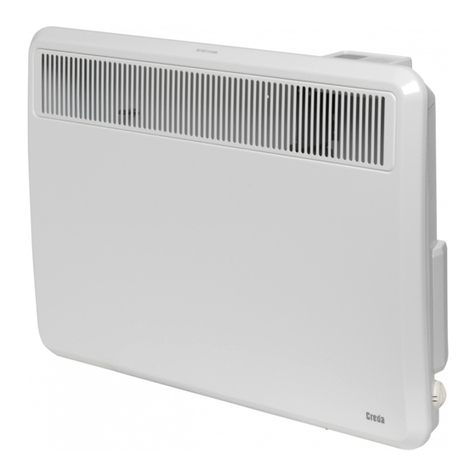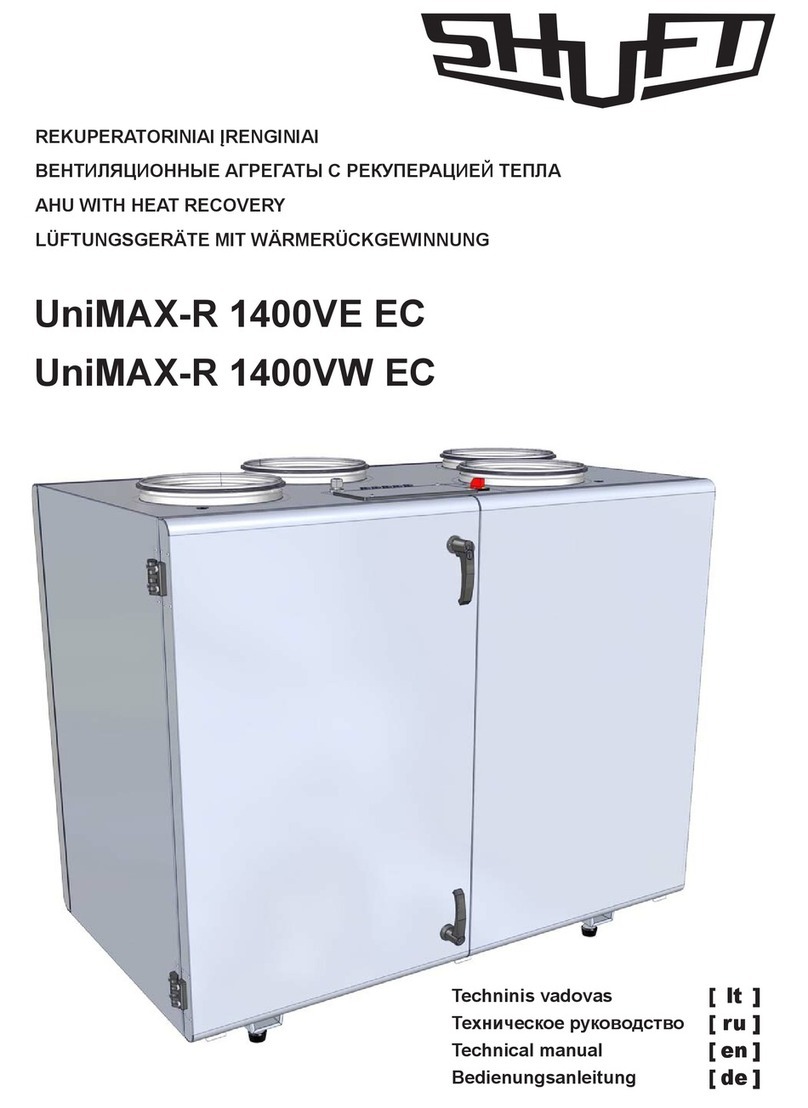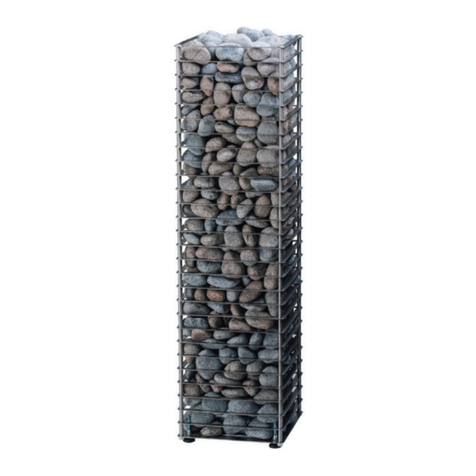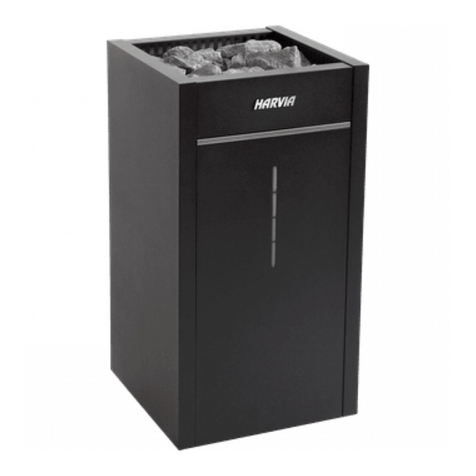
Introduktionssidorna består huvudsakligen av bilder. För översättning av de
engelska texter som används, se respektive språksidor.
SE
The introduction pages consist mainly of pictures. For translation of the English
texts used, see the respective language pages.
EN
Introduksjonssidene består hovedsakelig av bilder. For oversettelse av de
engelske tekstene, se de respektive språksidene
NO
Les pages de présentation contiennent principalement des images. Consulter la
page correspondant à la langue souhaitée.
FR
Die Einleitungsseiten bestehen hauptsächlich aus Bildern. Für die Übersetzung
der verwendeten Texte in englischer Sprache, siehe die entsprechenden
Sprachseiten.
DE
De inleidende pagina's bevatten hoofdzakelijk afbeeldingen. Voor een vertaling
van de gebruikte Engelse teksten, zie de pagina's van de resp. taal.
NL
Las páginas introductorias contienen básicamente imágenes. Consulte la
traducción de los textos en inglés que las acompañan en las páginas del idioma
correspondiente.
ES
Le pagine introduttive contengono prevalentemente immagini. Per le
traduzioni dei testi scritti in inglese, vedere le pagine nelle diverse lingue.
IT
Początkowe strony zawierają głównie rysunki. Tłumaczenie wykorzystanych
tekstów angielskich znajduje się na odpowiednich stronach językowych.
PL
RU Страницы в начале Инструкции состоят в основном из рисунков, схем и
таблиц. Перевод встречающегося там текста приведен в разделе RU.
Esittelysivut koostuvat lähinnä kuvista. Suvuilla olevien enlanninkielisten
sanojen käännökset löytyvät ko. kielisivuilta.
FI
Introduktionssiderne består hovedsageligt af billeder. For oversættelse af de
engelske tekster, se siderne for de respektive sprog.
DK
2
Champ
